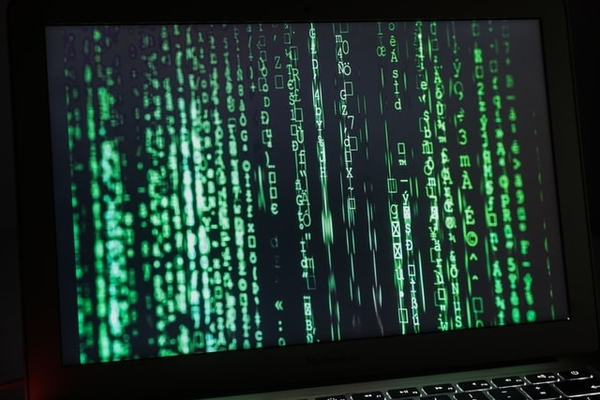How technology can shape the corporate world of the future: Episode 1 - LawTech vs LegalTech... Who Wins?

As technology continues to be the forefront of change in almost every working sector on this planet, the real winners in business are those that embrace technology proactively instead of reactively. In the legal market, however, embracing technology isn’t as straightforward, especially for firms that are resistant to change.
Incorporating LegalTech: surely a win-win?
LegalTech is the name given to all technological software that help lawyers do their jobs more efficiently. It ranges from simple document review software to technology that allows lawyers to research new cases by searching through hundreds of previous cases using machine learning and artificial intelligence (AI).
Luminance, an AI platform used in the legal industry, boasts its capabilities in being able to deduce subtle patterns in legal documents and contracts. This means that potential anomalies in clauses, or other hidden risks, can be identified because of all the learning done from being fed previous documents. Many of such tasks that would take hours to complete could now be done in minutes. The increase in efficiency seems to be a win-win… but it’s not as attractive as it seems.
One of the biggest setbacks in increasing efficiency so significantly revolves around how law firms would then be able to meet their billable hour targets. If clients are now billed less because lawyers need to spend less time on their tasks, such targets simply can’t be met. It’s also important to bear in mind that efficiency is no longer just a law firm’s concern – it’s now what all clients expect.
Introducing LawTech: the disruptor
LawTech is a real game-changer in the legal market. It naturally seems to be a broader term than LegalTech and is often used interchangeably. A key difference is that it gives businesses and consumers the opportunity to ‘self-serve’, i.e. it provides legal knowledge through products and services, without needing a lawyer. By trusting such machines, businesses would save plenty by simply bypassing lawyers and their expensive fees on many administrative tasks.
PandaDoc is a document automation software that streamlines the process of completing a deal. By being able to create proposals, quotes, contracts and allow for eSignatures, a lawyer is no longer needed to help with documentation or set up appointments between parties.
How do law firms tackle this?
Law firms will most likely need to introduce alternative fee arrangements (AFAs) that step away from the usual billable hour scheme. Paul Hastings LLP has several AFAs that they offer to clients in their litigation practice area, including a performance-based success fee arrangement that blends hourly rates, fixed fee arrangements and bonuses, dependent on the success of each task. By aligning the firm’s financial interests with all clients’ interests, a middle ground is being established.
The future
It’s clear that technology will imprint on every sector, whether it’s welcomed or not. In the legal sector, the amount of technological influence being embraced is very firm-specific. Maybe in the future we’ll see a marriage of LawTech and LegalTech; a new stream of innovation. Though it’s easy to dwell on this human vs machine conundrum, it’s much more fruitful to appreciate that the successful combination of the two will better serve everyone, in all contexts.
Sign up to recieve our newsletters
Don't miss out on our latest content!
Recent posts

Pramod Kumar | 2022-03-04
How Are Investments in Genomics Driving Research Projects?
Science, Healthcare, Business | 4 min read

Dillon Lad | 2021-07-10
4 ways we're destroying the environment without even realising
Environment | 4 min read

Dillon Lad | 2021-04-26
The science behind The Matrix: can we power the world with our own mind and bodies?
Technology, Science, Film | 4 min read

Dillon Lad | 2021-01-29
Breaking up Big Tech with a decentralised internet for the future
Technology | 4 min read
